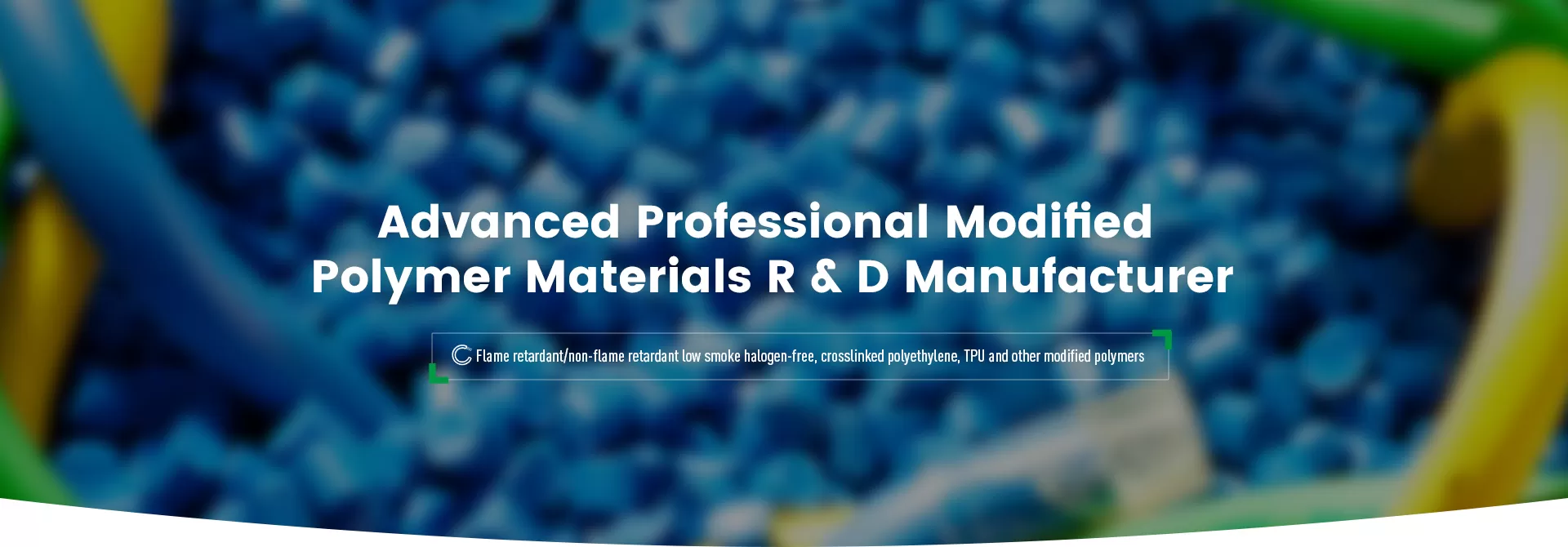
Cable insulation plays a vital role in electrical systems, preventing leakage, improving electrical efficiency, and protecting wires from environmental and mechanical damage. Different insulation materials have different properties, so choosing the right insulation material is critical to the performance, safety, and life of the cable.
Polyvinyl Chloride (PVC), cross-linked polyethylene (XLPE), and Rubber Insulation, below are examples of their best applications in electrical systems.
Polyvinyl chloride (PVC) is a thermoplastic material with low cost, good flexibility, and chemical resistance. It is a material with good electrical insulation, fire retardant, oil and chemical resistance, so it is widely used in low and medium voltage cables.
PVC insulated cables are commonly used in:
Building electrical wiring: Due to its resistance to corrosion, moisture, and chemicals, PVC insulated cables are widely used in electrical systems in residential and commercial buildings.
Low-voltage power distribution system: PVC insulated cables are suitable for power distribution networks with lower rated voltages, such as power cords for household appliances and office equipment.
Indoor and dry environments: PVC is stable at room temperature, but may become brittle or soften at extreme temperatures (high or low), and is not suitable for harsh outdoor environments.
Although PVC insulation is inexpensive and suitable for a variety of scenarios, it has poor heat resistance (maximum temperature resistance of 70°C) and is prone to aging in high temperature environments, so it is not suitable for high-voltage or high-temperature applications.
Cross-linked polyethylene (XLPE) is a cross-linked modification of ordinary polyethylene (PE) by chemical or physical methods to enhance its heat resistance, electrical insulation and resistance to mechanical damage. Compared with PVC, XLPE is resistant to high temperatures (usually 90°C-150°C) and performs well in high-point pressure environments.
XLPE insulated cables are commonly used in:
High-voltage transmission lines: XLPE is an ideal choice for high-voltage transmission and distribution cables due to its high dielectric strength and high thermal stability.
Underground and industrial cables: XLPE insulated cables are corrosion-resistant, chemical-resistant, and abrasion-resistant, and can adapt to harsh environments such as oil and gas pipelines, power plants, and factories.
Submarine cables and new energy fields: XLPE insulated cables are moisture-resistant and high-voltage-resistant, and are widely used in wind farms, photovoltaic power generation, submarine power transmission, and other fields.
Although XLPE insulated cables have far superior heat resistance and mechanical properties than PVC, they are less flexible and difficult to install in small spaces or installation environments that require high bending. In addition, their cost is higher than PVC, but they have higher reliability and durability in long-term use.
Rubber insulation is made of natural rubber or synthetic rubber (such as EPR ethylene propylene rubber, chloroprene rubber Neoprene), and has the advantages of high flexibility, high temperature resistance, strong wear resistance, oil resistance and chemical corrosion resistance.
Rubber insulated cables are commonly used in:
Heavy industry and mining: Because rubber cables are highly wear-resistant, oil-resistant and mechanically damaged, they are suitable for harsh working conditions such as mines, oil drilling platforms, and metallurgy.
Outdoor and high temperature environment: Rubber cables can maintain stable performance under extreme temperatures (usually 110℃-180℃, silicone rubber insulation materials can reach 220℃), and are widely used in high temperature equipment, welding machines, boilers and other fields.
Highly flexible applications: Compared with PVC and XLPE, rubber cables can still maintain good elasticity at low temperatures, and are suitable for mobile equipment, ship cables and aviation cables.
Rubber insulation is expensive and more expensive to manufacture and maintain than PVC and XLPE insulation materials. In addition, some rubber cables require additional protective coatings for increased durability and longer service life.
| Features | PVC insulation | XLPE insulation | Rubber insulation |
| Heat resistance | Maximum 70℃ | Maximum 150℃ | Maximum 220℃ |
| Weather resistance | Fair | Good | Excellent |
| Chemical resistance | Good | Excellent | Very excellent |
| Mechanical strength | Fair | High | Very high |
| Flexibility | High | Medium | Very high |
| Suitable for high-voltage systems | No | Yes | Yes |
| Suitable for outdoor environments | No | Yes | Yes |
| Cost | Low | Medium | High |
When selecting cable insulation materials, it is necessary to make comprehensive considerations based on the operating voltage, environmental conditions, mechanical strength and temperature requirements:
PVC insulation is suitable for low-cost, ordinary indoor electrical wiring, but is not suitable for high temperature and high voltage environments.
XLPE insulation performs well in high-voltage transmission and distribution, power industry and underground cables, and has a longer service life.
Rubber insulation provides extremely high abrasion resistance, high temperature resistance and chemical resistance, and is suitable for industrial, mining and outdoor cables.
By understanding the characteristics and applications of these three cable insulation materials, you can more reasonably choose the cable suitable for your project and improve the safety and reliability of the electrical system.